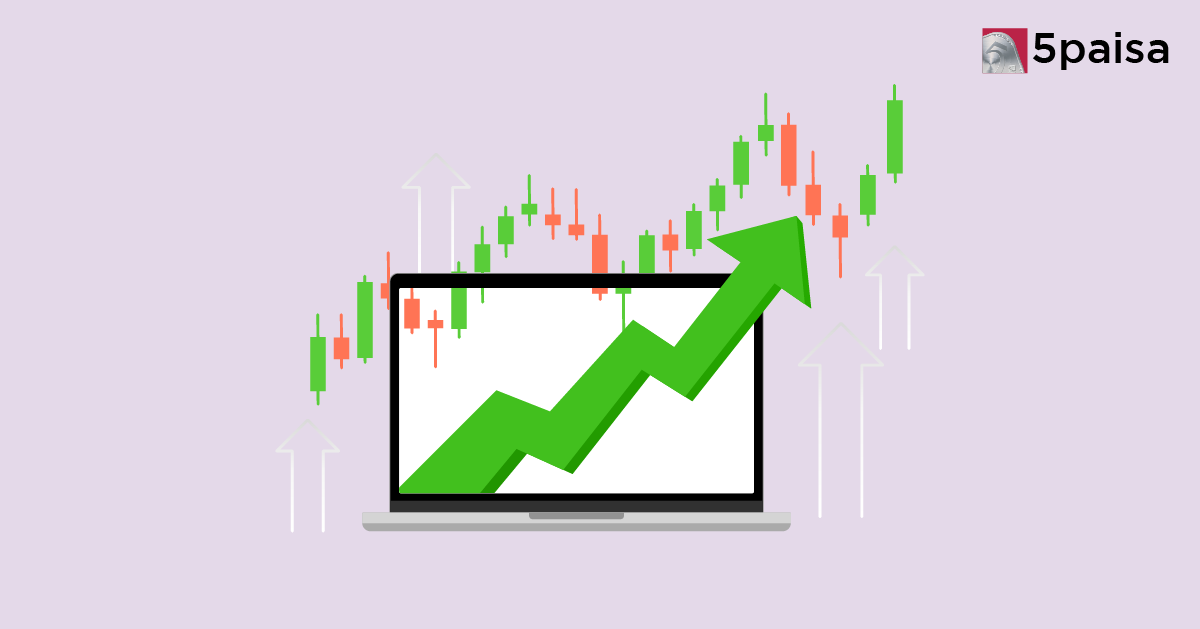Crypto Trading Strategy Basics: How Traders Interpret Digital Asset Movements
How does Technical Analysis Work?

Last Updated: 10th December 2025 - 02:41 pm
In economics supply and demand are key concepts that are frequently discussed. In trading these concepts are crucial for technical analysis which traders use to predict future market movements and determine the best time to buy or sell assets to maximize profits.
Traders closely monitor price changes. When they believe the market value is lower than usual they buy more causing prices to increase. Conversely, when they think the market value is too high they sell more leading to a decrease in prices. This continuous buying and selling based on perceived market value drives price fluctuations.
As a trader it's essential to monitor market trends closely. This helps you decide when to buy or sell to maximize your profits. Spotting these changes early is key to staying ahead in the game. For newcomers to trading it's important to know that technical analysis is a valuable tool. Unlike focusing on the intrinsic value of investments technical analysis provides insights into future market movements and helps you determine the optimal times to buy and sell.
Technical analysis is comprised of 3 branches of analysis and dynamics:
1. Visualization Analysis: Involves examining charts and making conclusions based on what you see.
2. Formation Analysis: Predicts future price trends by identifying chart patterns like trends continuing or reversing.
3. Market Dynamics: This assesses the strength of fundamental assets and anticipates future market situations such as excessive buying or selling.
Visualization analysis
For those who aren’t experienced with trading or have no experience it's very important to focus on visualization analysis first. This type of analysis involves looking at price movements through various types of charts such as line charts, bar charts, candlestick charts and point and figure charts. Being able to read these graphs is crucial in trading because technical analysis relies heavily on interpreting price changes in the market.
Reading these charts can seem intimidating at first because there is a lot of information to take in. However many of the concepts shown in these charts are similar to what former and current students have seen in their classes. Once a new trader realizes this using technical analysis becomes easier and clearer. Understanding these visualizations is the first step toward becoming proficient in trading.
Formation analysis
Formation analysis in trading is a systematic way of interpreting patterns and shapes that appear on charts. Traders analyze these patterns such as confirmation and reversal patterns to forecast future price trends in the market. This analysis aims to provide insights into potential market movements helping traders decide the optimal times to buy or sell assets.
Confirmation patterns validate existing trends suggesting that current price movements are likely to continue. Reversal patterns indicate potential changes in price direction signaling opportunities for traders to enter or exit positions.
Understanding these patterns is crucial as it guides their decisions on how much to buy or sell based on the identified patterns. If a reversal pattern suggests an upcoming price reversal traders might adjust their trading strategies and positions accordingly. This approach not only enhances current trading decisions but also aids in planning for future market movements.
Market dynamics
When we talk about market dynamics we're essentially looking at what's driving trends in the market. To gauge how strong a trend is we use indicators. These indicators help us see if a trend is likely to continue or if it might change direction soon. For traders this information is crucial because it helps them decide whether to buy or sell investments.
Apart from indicators, there are also things called oscillators or relative indicators. These help traders spot when prices might be getting too high (overbought) or too low (oversold). By knowing this traders can make better decisions to maximize their profits and avoid potential losses. Essentially these tools help traders navigate the ups and downs of the market more effectively.
Final Words
Technical analysis is about looking at charts, recognizing patterns and understanding how markets move based on supply and demand. It helps traders decide the best time to buy or sell investments which is crucial for their success in trading. It helps traders determine the optimal times to buy and sell assets. Mastering technical analysis is crucial for traders to make informed decisions and succeed in the long term.
- Flat ₹20 Brokerage
- Next-gen Trading
- Advanced Charting
- Actionable Ideas
Trending on 5paisa
02
 5paisa Capital Ltd
5paisa Capital Ltd
Fundamental & Technical Analysis Related Articles
Disclaimer: Investment in securities market are subject to market risks, read all the related documents carefully before investing. For detailed disclaimer please Click here.




